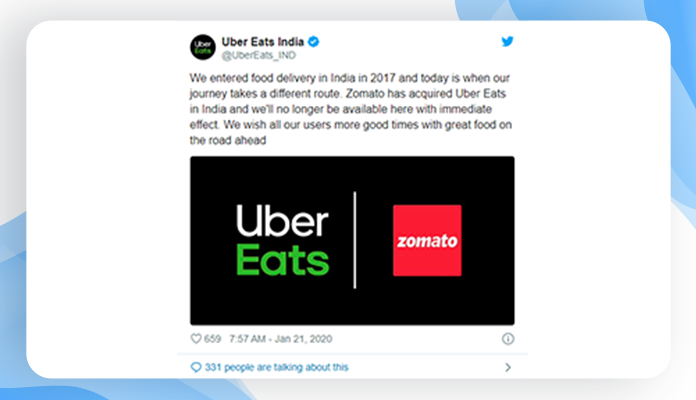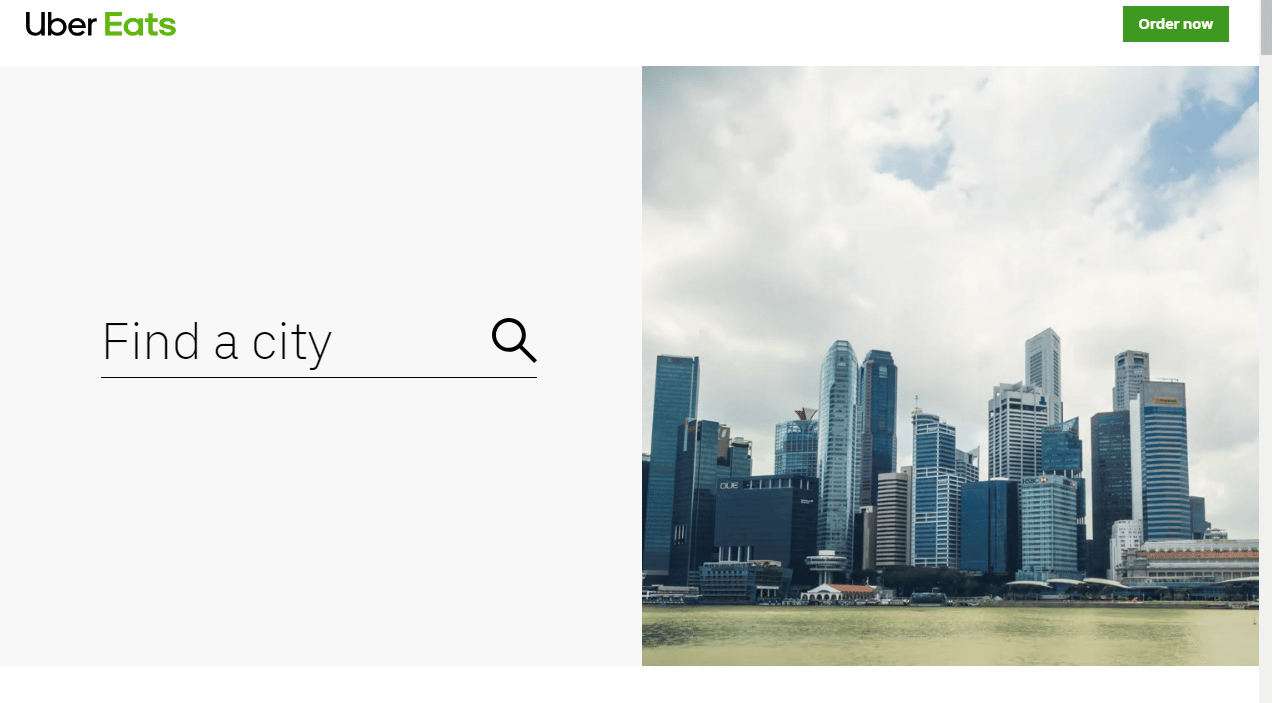

More than half of this driver’s payout came from the tip. “If I decide to not use them anymore,” he said, “it would be shooting myself in the foot.”ĭriver’s receipt from DoorDash. “If the delivery companies didn’t exist, customers would go back to ordering straight from me over the phone or from my website, and I would actually be able to make money on the orders again,” he said.Īs it is, the apps are responsible for about a third of the revenue at Artesano, which is on track to generate about $1 million in sales this year.

But the higher charges, he said, don’t fully cover the additional cost of using the apps. Mathieux said he charges slightly more for dishes ordered on the apps, a common practice. In return, his customers get lower delivery fees and he gets greater visibility on the apps, which theoretically helps him reach a broader base of customers. On every order, he pays a commission of between 25 percent and 30 percent of the food charge. Mathieux pays for the premium tier plan across all three platforms. Typically, they can choose among various pricing tiers - basic, plus and premium - with each level charging restaurants higher commissions but offering additional services and perks, such as surfacing higher when a customer searches for pizza or sushi.

The kitchen got to work as he studied the receipts.Īll three apps charge Mathieux and other restaurant owners for their delivery service. The RestaurantĪrtesano owner Douglas Mathieux, 54, saw the three orders pop up on his restaurant’s payments system. The companies touted the financial opportunities for couriers and restaurants and the convenience of their apps. In separate statements and comments provided to The Post, Uber Eats, DoorDash and Grubhub each defended their business models and said their fees were clearly outlined for participants in their marketplace. “Customers have been really frustrated when they look at their receipts.”

“Is this money going to the restaurant? Is this money going to the driver? Is this money going to the firm? It’s all so opaque,” said Dubal, who has been critical of gig economy companies. Mathieux said he charges slightly more for dishes ordered on the apps, but they don’t fully cover the additional cost of using the apps. The SF Mandate is a surcharge from the restaurant to help recoup some of the costs related to the city’s employee health care and other labor related mandates, owner Douglas Mathieux said.


 0 kommentar(er)
0 kommentar(er)
